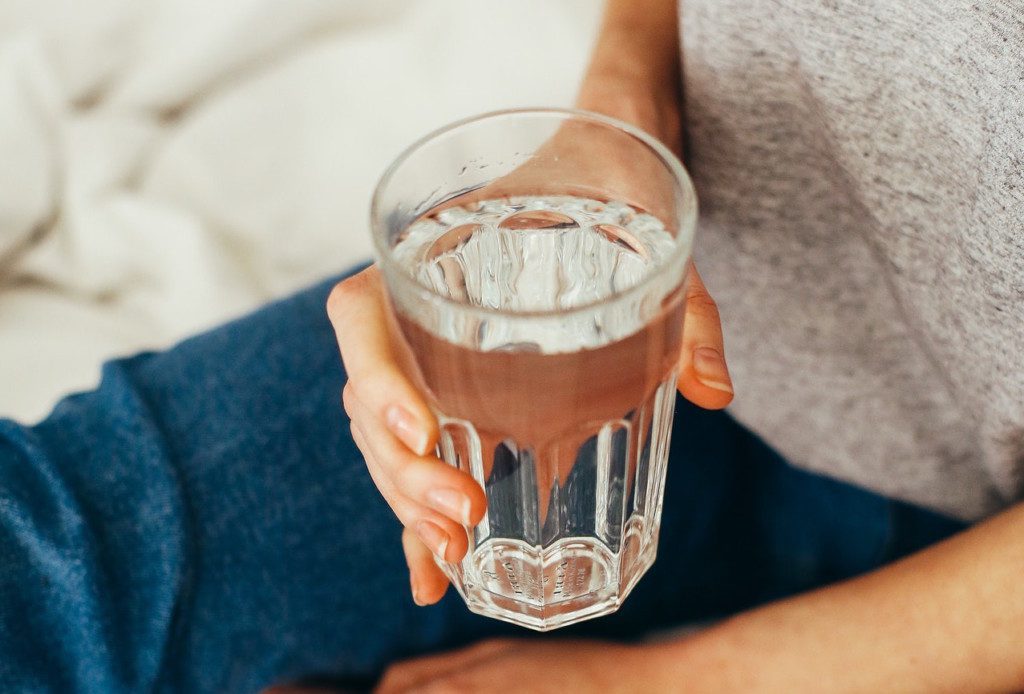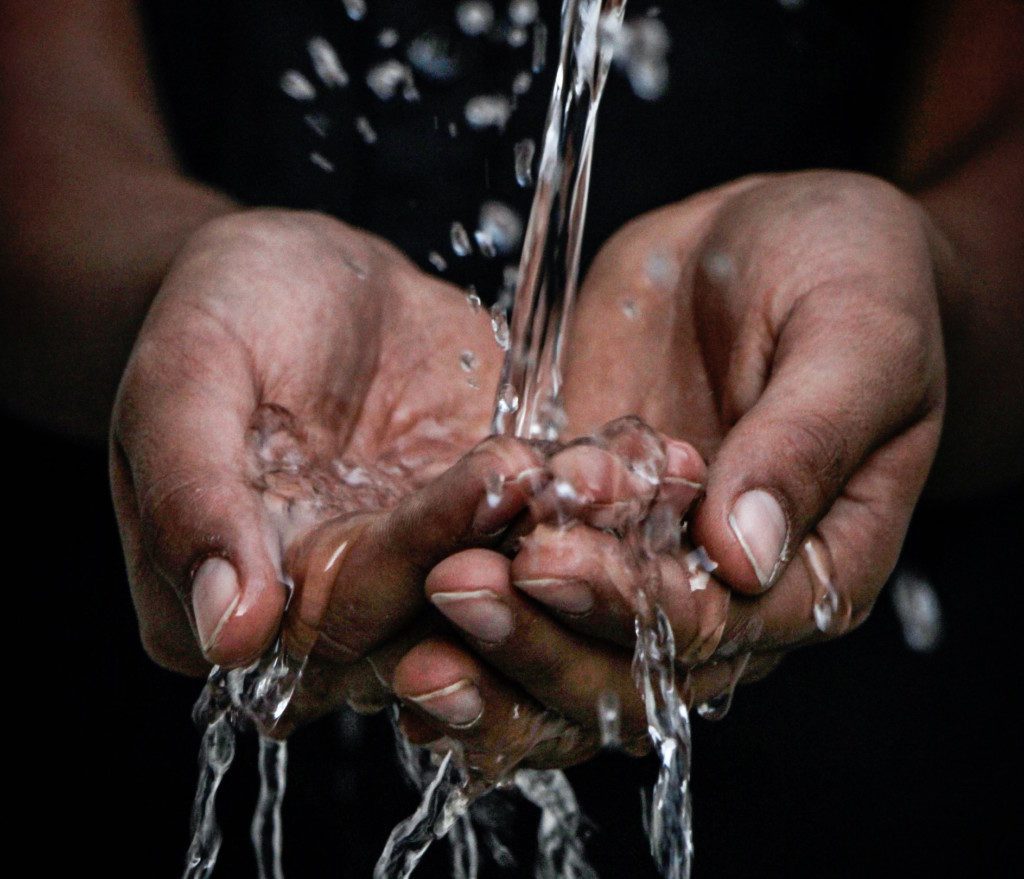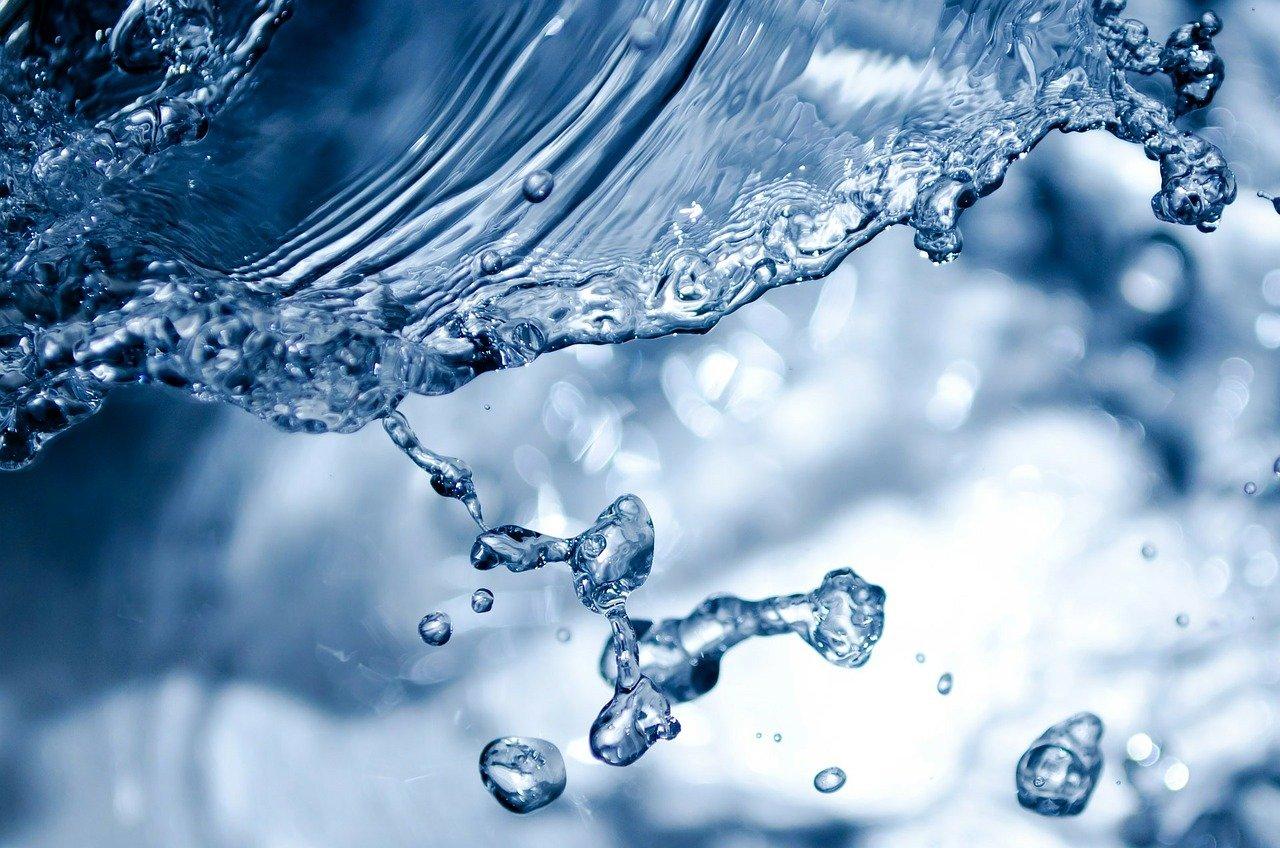When you want to make water clean enough to drink or use in different industrial processes, there are a couple of methods that will allow you to get rid of the contaminants found in water. One of these methods involves water purification, which is a process that removes biological contaminants, harmful chemicals, gases, and suspended solids from water. The main benefit of using water purification to remove contaminants from water is that the purifier you use will also remove any minerals that are present in the water.
As for water filtration, this is a process that’s designed to make sure that all contaminants in your water are removed and discarded before it’s used again. The primary difference between water purification and water filtration is that filtration methods are unable to remove minerals from water. While certain minerals can be healthy for you and shouldn’t always be removed from drinking water, there is a range of industrial processes and similar applications that require the removal of minerals from water.
Even though water purification can be used with drinking water, it’s mainly carried out for food processing, textile, petroleum, and chemical applications. In many cases, filtration systems aren’t strong enough to provide industrial facilities with the level of contaminant and mineral removal that they require. It’s important to understand that purification is necessary because of the damage caused by mineral buildup. When mineral content builds up in a boiler or cooling system, issues like bacterial growth, scaling, and corrosion can occur. As such, purifying the water is essential to avoid costly equipment repairs and replacements.
The time it takes to purify water depends on the exact method that you’re using. If you’re boiling water to get rid of the contaminants and mineral content within, the water should be effectively purified after it has been left at a rolling boil for a period of 1-3 minutes. If you need to purify water in your home or facility, you should understand how the different water purification methods work, which is explained further in this article.
7 Steps of Water Purification
 The water purification process can be completed in seven steps, all of which are necessary to ensure that nearly every contaminant and mineral are removed from the water before reuse.
The water purification process can be completed in seven steps, all of which are necessary to ensure that nearly every contaminant and mineral are removed from the water before reuse.
1. Ion Exchange and Coagulation
The ion exchange and coagulation phase is the initial aspect of the water purification process. When water is contaminated with minerals, this particular step can help remove the various minerals that cause hard water to form. During this procedure, it’s also common for iron and other heavy metals to be removed from the water.
Chemical compounds like alum are added to the water in order for flocs to form. Any dirt and mineral particles in the water will then move towards the flocs, which are situated around the floor of the tank.
2. Sedimentation
Once the coagulation step has occurred, the sedimentation phase can take place. During this process, the water will settle, which is followed by the flocs moving towards the bottom. Sediment filters will also trap some of the larger dirt particles, which should keep equipment from being damaged as a result of mineral buildup.
3. Filtration and Granular Activated Carbon
The next step involves filtration and granular activated carbon. At this stage, the water you send into the system will pass through separate layers of charcoal and sand. Any particles that remained in the water following the sedimentation stage are filtered out.
4. Disinfection
\The fourth step of the water purification process involves disinfection, which occurs via the ultraviolet disinfection method. Ultraviolet lights are considered to be sterilizing agents that can eliminate many of the contaminants that are found in water. The smaller microorganisms that weren’t removed during the previous stages are eliminated at this juncture. Once the water has been properly disinfected, it will flow into the pipes so that it can be processed with reverse osmosis.
5. Carbon Filters
Carbon filters are designed to capture smaller particles in contaminated water. If you’re using a reverse osmosis system, it will be protected since contaminants are eliminated entirely before the water goes into the reverse osmosis system. The carbon filtration process that occurs during this stage is used to get rid of chlorine, herbicides, and similar pollutants.
6. Reverse Osmosis
Before water is able to be fully purified, it must be sent through a reverse osmosis system to remove any remaining particles and contaminants. Reverse osmosis systems use some kind of semi-permeable membrane to get rid of any impurities in the water. Because of how thick this membrane is, the contaminants in the water won’t be able to pass through, which should ensure that the water that does get through is clean. Any odors that remain in the water at this stage will be removed, which means that you can be confident in how your water is going to taste after it goes through a reverse osmosis system.
7. Store Purified Water
Now that the water has been sent through the reverse osmosis system, it’s safe to store as purified water. Once the water is stored, it can be used for any application in your facility that requires purified water that doesn’t contain minerals.
The Difference Between Water Purification and Water Filtration
 Before you start to purify your water, you should understand the difference between water purification and water filtration. As mentioned previously, water purification extends beyond water filtration to remove minerals that can’t be eliminated with filtration techniques.
Before you start to purify your water, you should understand the difference between water purification and water filtration. As mentioned previously, water purification extends beyond water filtration to remove minerals that can’t be eliminated with filtration techniques.
Water Filtration
Water filtration is a relatively broad process that’s designed specifically to get rid of many of the contaminants that can be found in water. There are several different filtration methods that can be used depending on the types of contaminants you would like to remove. For residential homes, it’s possible to use a whole-house filter that’s connected to the main water line and filters water before it gets sent into the home.
The majority of whole-house filters use a kind of sediment pre-filter that’s meant to catch sediment, rust, and silt. The water will then move through a mineral bed to filter out any heavy metals or chlorine. Afterward, the water goes through an activated carbon filter to eliminate pesticides and herbicides from the water. Premium whole-house filters are outfitted with a dense carbon block that’s able to remove additional contaminants like chloramines and lead. Keep in mind that the majority of whole-house filters can be highly customized to suit your exact needs.
Another type of filtration system is a shower filter, which can be attached directly to a shower spigot. These filters are able to get rid of synthetic chemicals and chlorine, which should lessen excessive drying issues.
The third type of filter is a drinking filter, which is available in several varieties. You can purchase a drinking filter that can be situated on your countertop or placed in the fridge. It’s also possible to select an under-the-sink option for a more permanent filter. The majority of drinking filters use ion exchange and activated carbon filtration methods to prevent most contaminants from getting into your drinking water. These contaminants include chloramines, chlorine, heavy metals, and chlorine-resistant cysts.
Water Purification
While filtration is able to remove the majority of contaminants that are found in water, it can’t get rid of minerals. If you want to reduce water contaminants to make sure that your water is drinkable, filtration may be enough. In the event that you work in an industrial setting, you don’t want to use water that contains high mineral levels. If the water’s mineral content is high, scale could develop in piping and machinery, which can be costly to remove.
If you don’t tend to these issues in a timely manner, you may need to replace your equipment altogether. There are two methods that you can use to purify water, which include reverse osmosis and distillation. While both of these methods have proven to be effective, you’ll likely want to use one over the other depending on the application.
The first and most common purification system is the reverse osmosis system, which functions in the same manner as a filter. While filters are designed to push water through a thick substance to remove contaminants, reverse osmosis systems contain a semi-permeable membrane that’s designed specifically to trap minerals as the water passes through the membrane. Any particles that are too large to flow through the membrane will be stopped and disposed of.
The distillation process is much different than reverse osmosis and works by boiling the water and capturing the steam that’s created during this process. The collected steam will then be purified to ensure that no contaminants remain in the water. Keep in mind that you shouldn’t drink purified water with no minerals if you want to maintain your health. Minerals like calcium, magnesium, and potassium are essential nutrients that your body needs, which means that purification should mainly be used for industrial applications.





